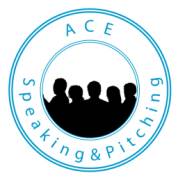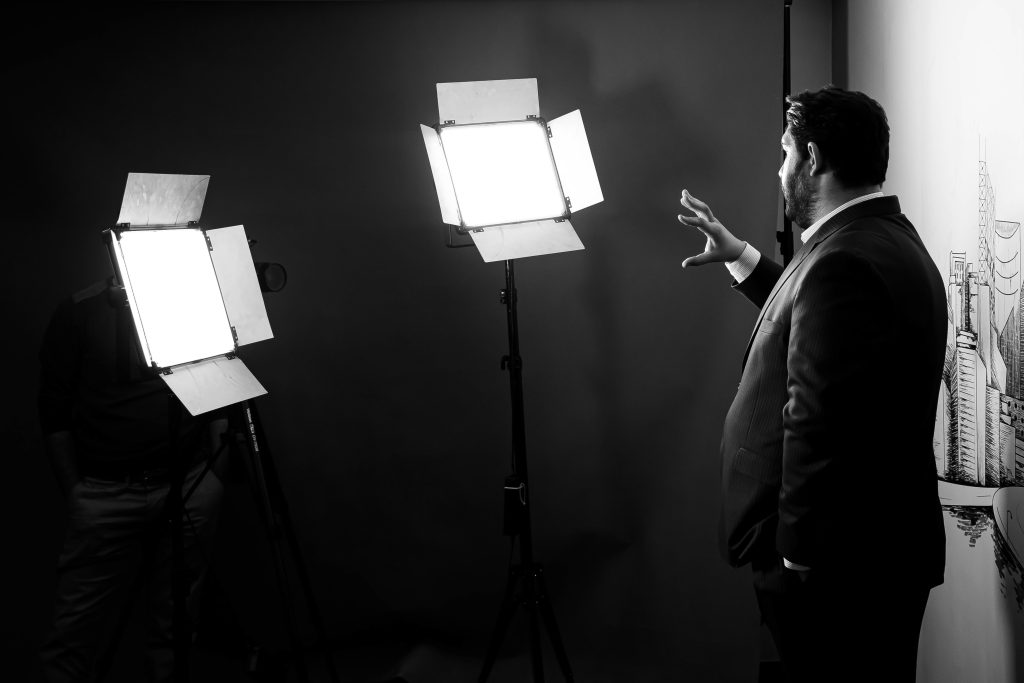In a world dominated by technology and screens, the power of face-to-face communication remains unparalleled. While your words convey the message, it’s your body language and non-verbal cues that speak volumes about your confidence, credibility, and connection with your audience. Whether you’re presenting in a boardroom, delivering a lecture, or pitching an idea, harnessing the art of non-verbal communication can significantly enhance the impact of your presentation.
- Mind Your Posture: Imagine a speaker slouching behind the podium, versus one who stands tall and engages the room. Your posture sets the stage for your presentation. A straight back exudes confidence and professionalism, while leaning forward slightly can show enthusiasm and engagement. Avoid crossing your arms, as it might signal defensiveness. instead, keep your arms open and relaxed by your sides to appear approachable.
- Eye Contact: The eyes are a powerful tool in non-verbal communication. Establishing eye contact with your audience creates a direct connection and demonstrates your sincerity. Scan the room, making eye contact with various individuals, ensuring everyone feels included.
- Gestures for Emphasis: Incorporating purposeful gestures can help illustrate your points and keep the audience engaged. Use your hands to emphasise key words, concepts, or numbers. Avoid excessive or distracting movements, as they can divert attention. Controlled and deliberate gestures add dynamism to your presentation.
- Facial Expressions: Your face conveys a plethora of emotions. A warm smile can instantly put your audience at ease, while furrowing your brows might signify seriousness. Match your facial expressions to the tone of your message – excitement, concern, or empathy. A genuine expression enhances relatability and reinforces your message’s emotional impact.
- Proxemics – Use of Space: How you navigate the space around you can also influence the perception of your message. Stepping closer to the audience can create intimacy and build rapport during important moments. Conversely, stepping back can signify a transition or give your audience breathing room.
- Vocal Variety: Although non-verbal communication mainly focuses on visual cues, your voice is part of this intricate language. Vary your tone, pitch, and pace to keep the audience engaged. A monotone voice can be monotonous, whereas fluctuations add depth and interest to your delivery.
- Mirroring and Matching: This technique involves subtly imitating the body language of your audience. Mirroring their gestures, posture, and pace can create a sense of rapport and connection. However, be cautious not to come across as insincere or overly mimicking.
- Manage Nervous Habits: Nervousness can manifest through fidgeting, pacing, or playing with objects. Recognise your nervous habits and practice managing them – replace these habits with purposeful gestures or maintaining a firm stance can help channel that energy positively.
- Dress the Part: Your attire contributes to your overall non-verbal communication. Dressing appropriately for your audience and the occasion conveys respect for both. It can also boost your confidence, affecting your body language positively.
- Rehearse and Reflect: Effective non-verbal communication doesn’t happen overnight. Rehearse your presentation, paying attention to your body language. Record yourself and review the footage to identify areas for improvement. Seek feedback from trusted colleagues or mentors to refine your skills.
Remember, while words may carry the message, it’s the fusion of verbal and non-verbal cues that truly resonates with your audience.

